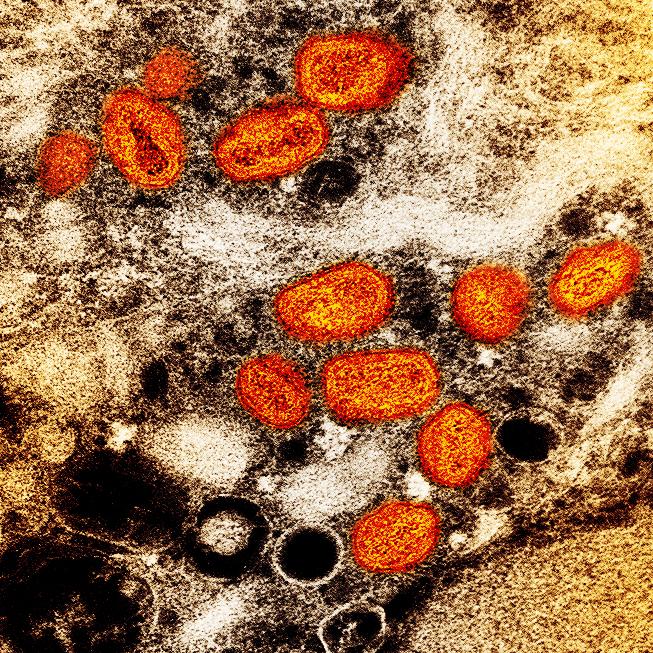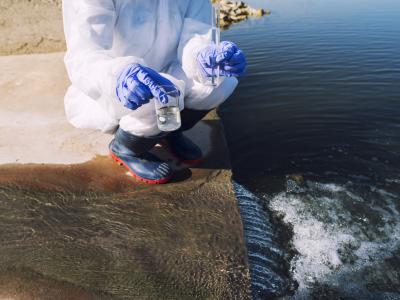A laboratory- and population-based surveillance study conducted in nine states found a low incidence of carbapenem-resistant Acinetobacter baumannii (CRAB) infections, but most isolates carried a carbapenemase gene and had limited treatment options, researchers reported this week in the American Journal of Infection Control.
Using data collected through the Emerging Infections Program's Multi-site Gram-negative Surveillance Initiative (MuGSI) from January 1 through December 31, 2019, researchers from the Centers for Disease Control and Prevention analyzed 136 CRAB cases in 125 patients. The crude incidence rate was 0.70 cases per 100,000 population.
Of the 66 CRAB isolates submitted for further analysis, 37 (56.1%) were from men, 36 (54.6%) were from Black or African American patients, 50% were collected from outpatient settings, and the median age of patients was 63.5 years. Whole-genome sequencing found that 48 isolates (72.7%) harbored an acquired carbapenemase gene, mainly blaOXA-23 or blaOXA-24/40. One isolate harbored blaNDM. The isolates were resistant to many first-line antibiotics used to treat CRAB infections, with 50 (75.8%) defined as difficult to treat (DTR). Of the 11 case-patients who died, 9 had isolates that met the DTR definition.
Cefiderocol, which was approved by the Food and Drug Administration in 2019, had the most in vitro activity against the CRAB isolates among the 19 antibiotics tested.
Defining the landscape of CRAB
The study authors say the detailed clinical and microbiologic data allow for a deeper understanding of the epidemiology of CRAB across the spectrum of healthcare.
"This surveillance activity has demonstrated its value in helping to define the landscape of CRAB by providing a unique view of the molecular epidemiology of CRAB in the U.S., reinforcing the importance of tracking emerging and potentially transmissible resistance in A. baumannii complex to help inform and evaluate infection prevention and control strategies," they wrote.


















